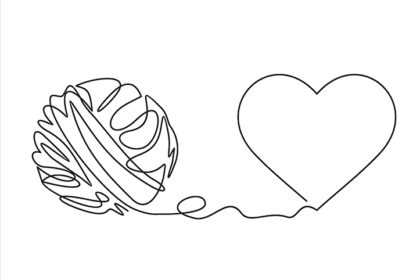We hear so often that communication is so vital in a relationship. Communication is the key to a healthy relationship. And I’ve even written about healthy communication in those relationships using “I statements” or even communication expectations with a partner or potential partner. Communication should be the foundation of your relationship. With communication comes peace of mind, love, and trust without the anxiety of “what-ifs” or reading between the lines. But what I have yet to talk about, which seems like a brain fart on my part, is how different people communicate differently. It’s sort of like our love languages. We all have style. Knowing yours and your partners can help avoid any miscommunications or friction that might appear.
Communication Styles
There are four basic communication styles: passive, aggressive, passive-aggressive, and assertive. They all have their nuisance, and each style has a different impact on the individual and relationships. (Stay tuned for blogs on the other communication styles.)
Passive-aggressive communication
Passive-aggressive communicators are those who usually feel powerless. They slip into a pattern of passive-aggressive communication because they have a hard time expressing their feelings outright, so they instead channel their anger and frustration by undermining the object or person of their resentment and anger.
Basically, passive-aggressive communicators, like passive communicators, have a hard time being straightforward with their problems or the people they have problems with. Still, instead of letting it build up over time as a passive communicator does, Passive-aggressive communicators hit you with subtle jabs.
Passive-aggressive communicators often:
- Use subtle sabotage as a revenge tool
- Might appear to be cooperative while purposefully being annoying and disruptive
- Are very sarcastic
- Will deny that there is even a problem
- Will use facial expressions that don’t match (i.e. Smiling while angry)
- Have a hard time acknowledging their anger
Passive-aggressive communication impact:
- Releases their resentment in unhealthy ways and have a hard time maturing since issues are never confronted and resolved
- Become alienated from those around them
Final thoughts
After writing this, I feel like I should have written about aggressive communication first, then passive-aggressive communication, so I could compare the differences between the two and passive communication, but hindsight is 20-20.
I think most of us deal with more passive-aggressive communication on a daily basis more than anything else. It just feels like the norm in society. Passive communication can be very timid, whereas aggressive communication is very obvious. And most aggressive communication I run into is online when people are arguing on Twitter.
Passive-aggressive communication sort of feels like a backhanded compliment. They have the same energy. Pretending to be one thing, but if you think about it long enough, it sort of hurts your feelings. With passive-aggressive communicators, the best way to deal with them is to call them out on it. They will probably deny their feelings, but at least you can say you tried. Nothing is more exhausting in any dynamic than dealing with someone who is pissed at you but doesn’t want to confront the issue, but that’s especially true for a romantic relationship.
If you are a passive-aggressive communicator, you need to figure out why you have such a hard time expressing your anger and confronting issues. Journaling is such a great tool for self-reflection, and I can’t recommend it enough. But find what works for you. Growth can be uncomfortable, but it’s worth it if you trust the process.




